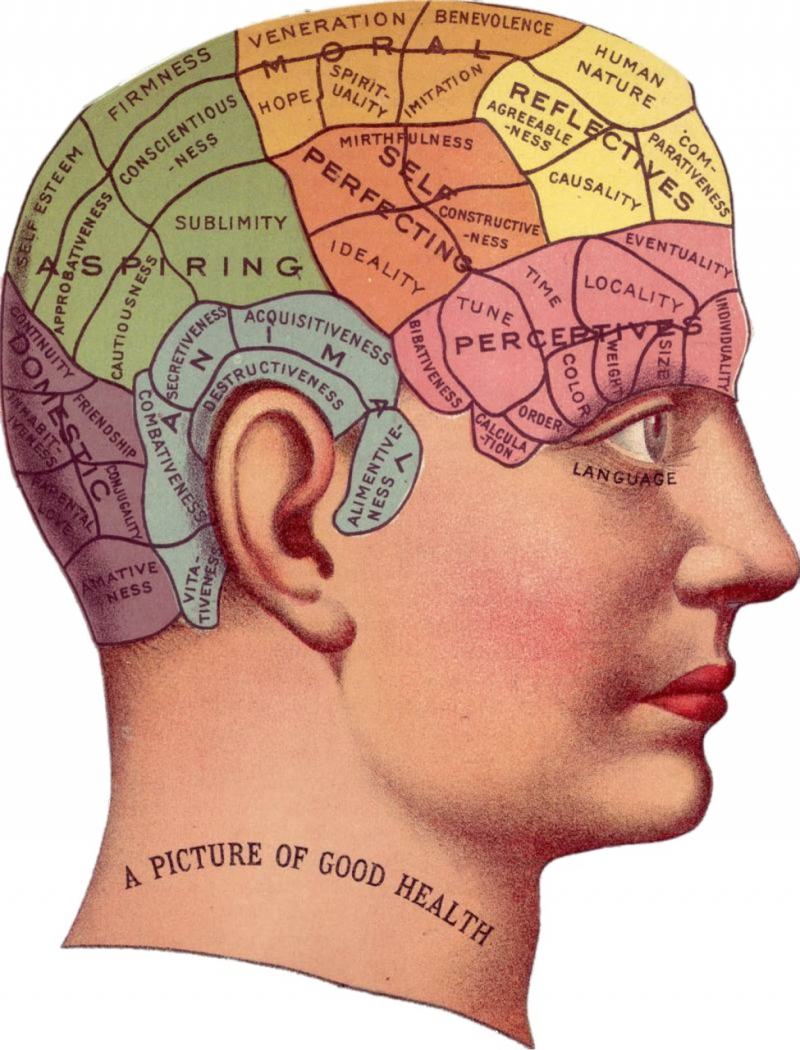Memory
The knowledge of how the brain creates memories has advanced significantly over the last few decades. People now understand that the brain's neural network is more like a collection of synapses, or junctions, between the many nerve cells than it is like a hard drive, which is how most people imagine it to be. Simply put, memory has little to do with the nerve cells themselves and is a result of the connections made by the nerve cells. Because the connections keep getting weaker and less accurate over time, they tend to become distorted and less precise with time.
Even while people know how it works, they haven't been able to physically map the brain's memory formation and retrieval process, and there are still many mechanisms they don't fully understand. Furthermore, science still has no idea how to explain memory retrieval, despite the fact that memory formation is now far better understood than it was merely a few years ago. People just don't understand how the brain communicates with each of its components when it needs to recall a memory, or even which components are even involved in the process.












